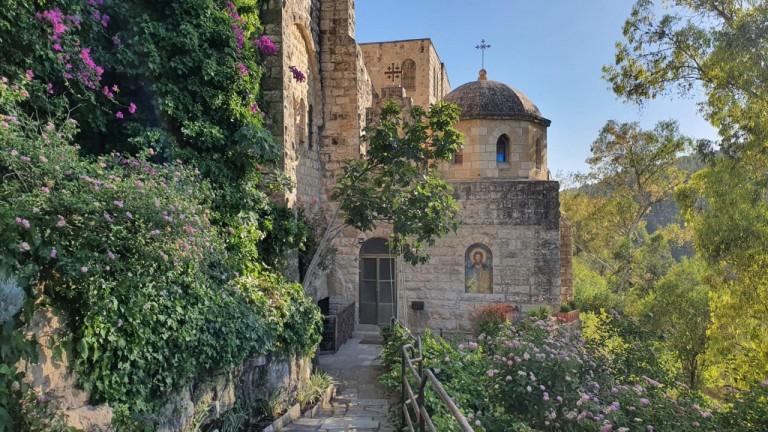The history of the cult of St. John the Baptist in the Holy Land, which is celebrated on 24 June, begins in the 4th century and takes place mainly in the sanctuaries erected above the presumed places of birth, ministry and death. In this short story we will take you to explore some of these sanctuaries that are still open to worship and pilgrimage destinations today.
"And you, child, will be called prophet of the Most High because you will go before the Lord to prepare the way for him" (Luke 1, 57-80). John, the son of Mary Elizabeth's cousin, is called the Precursor because with his preaching he anticipates Jesus' mission and seals his role as Messiah by baptizing him on the Jordan. According to a tradition of the 9th century, John was born in Ein Karem. The house of Zechariah is situated at the foot of a mountain west of Jerusalem, say the first pilgrims. Today Ein Karem is known to be a village of artists and intellectuals who seek an "ascetic life" away from the city chaos. Among the houses with flowering gardens reminiscent of the south of France, right in the center, is the Franciscan church dedicated to St. John. In the 17th century Spanish style church you can still see the small grotto in which, according to tradition, John the Precursor was born.
The child grew and strengthened in spirit. He lived in deserted regions until the day of his manifestation to Israel (Luke 1.80). In a "deserted" region, i.e. isolated, actually lush in the forest of Jerusalem, today stands one of the most fascinating sanctuaries of the Custody of the Holy Land: the Monastery of St. John in the Desert. Ain el-Habís, a place of meditation and peace, perched on the mountains about 3 km from Ain Karim, recalls the place where St. John the Baptist lived his childhood and the years of preparation for public ministry. In Arabic Ain el-Habís means source of the hermit: a definition that well recalls the figure of the Precursor. Because of its isolated position today it is used as a hermitage and a place of asceticism.
The preaching of the Baptist brings him to the area along the river Jordan, where Jesus reaches him to be baptized. And here is a voice from heaven saying: "This is my Son, the beloved: in him I have placed my satisfaction" (Mt 3, 13-17). In the middle of the desert, a few kilometers from the Dead Sea, the site of the Baptism on the Jordan marks the border between Israel and the territories with Jordan. From both banks pilgrims from all over the world immerse themselves in the waters of the river to relive the rite of Baptism performed by John towards Jesus. According to historical records, Franciscans have made their annual pilgrimage to this site at least since 1641.
The death of St. John is well known. Herodaide (Salome), the wife of Herod Antipa, asks her husband for the Precursor head as a reward for his dance performance at court. John dies in Macheronte. His disciples took his body and placed it in a monument (Mc 6,29) far away from Herod's palace. The chosen destination seems to have fallen on the city of Sebastia, capital of ancient Samaria. Sebastia, from great ancient capital today has about 5000 inhabitants, is a small town not far from Nablus surrounded by cultivated fields and olive trees. From the soil of the acropolis emerge the ruins of a glorious past and the remains of the two churches dedicated to the Baptist. A pilgrimage destination, a little out of the classic tours, that Pro Terra Santa has been promoting over the years. Not everyone knows that Sebastia is home to the Crusader Cathedral, built on the tomb of the Baptist, second in size only to the Holy Sepulchre in Jerusalem.
Following in the footsteps of St. John one can discover little known places and sanctuaries in the Holy Land, places of peace and tranquility in which to relive part of the asceticism that characterized the life of the hermit.


















